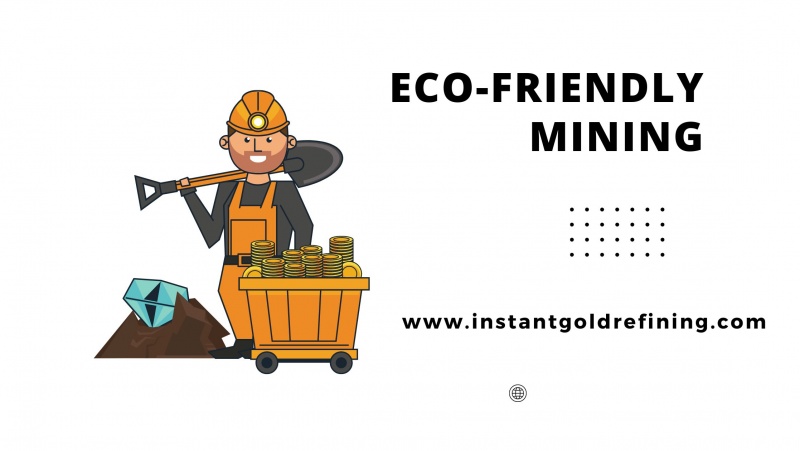Understanding Jewellery Scrap Value
Metal composition is the main determinant in scrap jewellery valuation. The most valuable precious metals are gold, silver, and platinum. Gold, silver and platinum purity, measured in karats or fineness, greatly affects their value. Remember, even tiny amounts of high-quality metals may be profitable.
Although metal content is important, don’t neglect other significant components. Diamonds and other gemstones may greatly improve a piece’s worth. Additionally, evaluate the brand.
Remember that global economic variables affect precious metal prices every day. Make sure you’re receiving a fair price for your junk jewellery by monitoring market pricing. Sell when metal prices are high to maximize profits.
Jewellery Box to Market
Sell your discarded jewellery to participate in a fascinating precious metal transformation cycle. Your treasures travel the world from your jewellery box. Local customers, refineries, and manufacturers contribute value to this process.
This cycle revolves around refining. Your old gold rings and damaged necklaces are melted and cleansed here. Refineries utilize complex methods to extract precious metals from other metals, producing pure gold or silver for jewellery and other uses. As one of the major buyers of obsolete jewellery in western Canada, Instant Gold Refining is delighted of its credibility.
Selling Scrap Jewellery Right for Maximum Returns
Understanding the market is essential to getting the most for your junk jewellery. Learn about daily changing precious metal prices and industry terminologies. This understanding will help you. The following are some examples of the many alloys that may be found inside gold and silver jewellery products.
- Gold purity levels range from 10K, which is 41.7% pure, to 14K, which is 58.3% pure, to 18K, which is 75% pure, to 24K, which is 99.9% pure, and to 22K, which is 91.6% pure.
- Similarly, several purities ratings are assigned to silver. At least 80 per cent silver and no more than 20 per cent copper or other metals are required for the 800 As little as 92.5% of 925 sterling silver can be silver, and as much copper or other metals as 7.6% can be silver. Silver that is at least 95% silver and no more than 5% copper or other metals is 950 sterling silver. Silver that is 99.9% Pure silver.
If you have any precious metals such as gold, silver, or platinum jewellery, IGR can provide you with expedited turnaround times and affordable prices for your precious metals.
- Just get in touch with us, and a member of our staff will gladly guide you through the process of bringing your metals in.
- After the contaminants have been burnt away and the metals have been melted, our team will use our cutting-edge XRF assay technology to carefully analyse the concentration of the various precious metals that are present in the scrap jewellery that you have.
- You have the option of exchanging your refined metals for Pure Bullion products, or you may receive immediate payment in the form of a cheque or wire transfer.
Your Scrap and Market Volatility
Global gold prices, which fluctuate greatly, determine the value of your scrap gold. Gold prices enhance recycled jewellery profits proportionately. In contrast, market downturns can hurt your returns. You must closely watch these patterns to optimize profitability.
The worldwide gold market is estimated to be about $3 trillion according to recent figures. The cost of gold has a significant impact on both the recycling of gold and the production of fine jewellery. When the price of gold and silver goes up, people acquire and collect jewellery to recycle it for a profit. New metals are more expensive than metals that have been used before.






